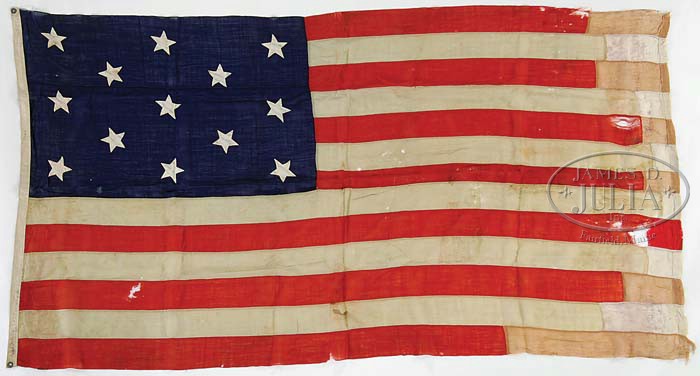The tradition of bringing a tree into the home and decorating it was first criticized by the prophet Jeremiah. Oliver Cromwell later preached again the “heathen tradition,” but of course, we know how things turned out for him…. Later, Christmas trees were criticized for different reasons – environmental ones! It’s a little hard to imagine now, but in the early 20th century, railroads and other changes in industry had resulted in rapid deforestation, thereby opening the door for artificial trees.
The first artificial trees produced for the mass market were feather trees, and they are still very collectible. Feather trees are just that – trees made of feathers. Goose feathers, with one half stripped away, were dyed and then wound around small sticks or wires. After being bound off with wire, these “branches” were fitted in holes drilled in a central wooden dowel that acted as the trunk. They were mostly sold in white or shades of green, but were also available in more exotic colors like this blue one. As they evolved, some came with small berries (that cleverly served the dual purpose of providing a solution to the tricky wrapping at the end of the branch), while smaller versions appear in the hands and packs of Santa figurines. Fancy versions, like the one pictured above, often had musical rotating bases. After that, the mass market machine kicked into drive, and aluminum, PVC and fiber optic trees couldn’t be far behind!
Originally published on December 4, 2009












